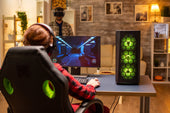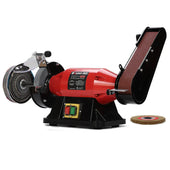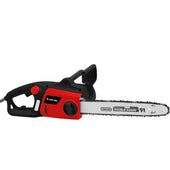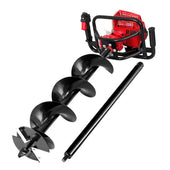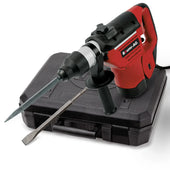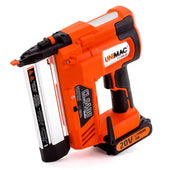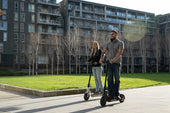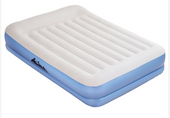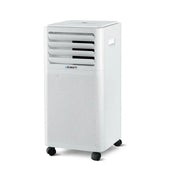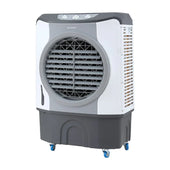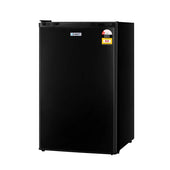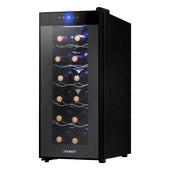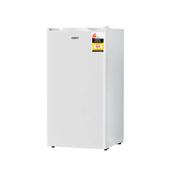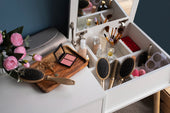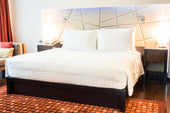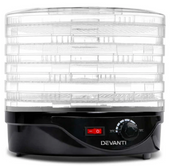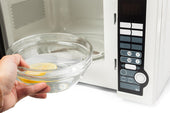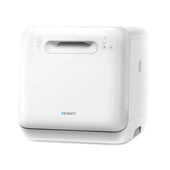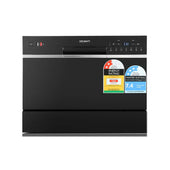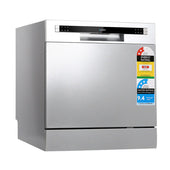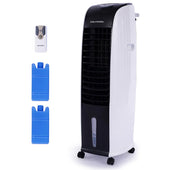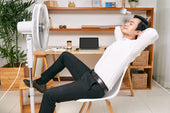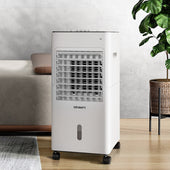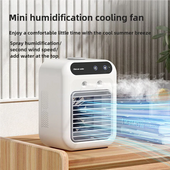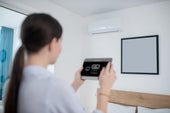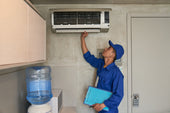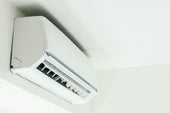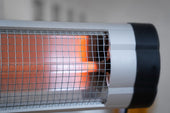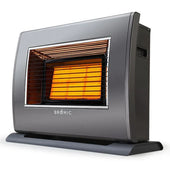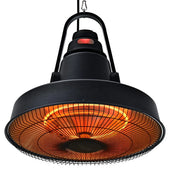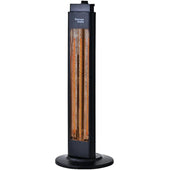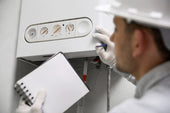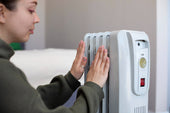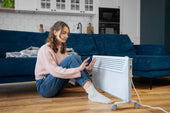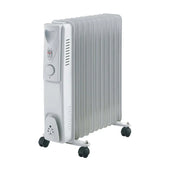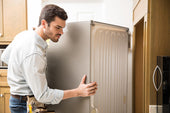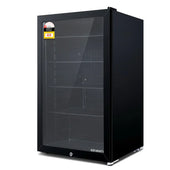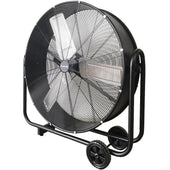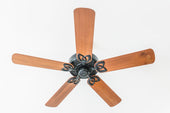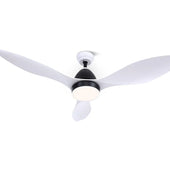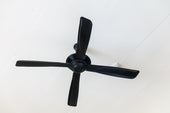Introduction to Massage Chair Technology
Massage chair technology combines elements of engineering, biomechanics, and therapeutic science to mimic human massage techniques. Early designs focused on basic vibration mechanisms, but modern systems integrate advanced robotics and AI for precision. These chairs now feature sensors to detect body curvature and pressure points, adjusting treatments accordingly. Core components include rollers that replicate movements like kneading or tapping, and airbag systems for compression therapy. Heat therapy is frequently added to enhance relaxation. Many models utilise pre-programmed modes, offering users choices such as shiatsu or Swedish massage. Integrated Bluetooth and voice controls further personalise the experience, showcasing the evolution of ergonomic innovation.
The History and Evolution of Massage Chairs
Massage chairs trace their origins back to the 1950s in Japan, where the first models were designed to mimic traditional shiatsu massage techniques. Early designs were mechanical, relying on basic rollers and springs to provide physical relief. In the 1980s, manufacturers began incorporating electric motors, allowing for more sophisticated movements and targeted pressure application.
The 1990s marked a significant shift as airbags and vibrations were introduced, enhancing user experience. By the 2000s, advancements in robotics and software technology led to modern massage chairs capable of scanning body contours and delivering precise treatments. Features like heat therapy, zero-gravity positioning, and Bluetooth connectivity have followed, illustrating constant innovation.
How Massage Chairs Mimic Human Touch: Core Concepts
Massage chairs utilise advanced technologies to replicate During Days the techniques employed by professional masseurs. These chairs feature rollers and nodes that are designed to simulate pressing, kneading, and rolling motions. Sensors embedded within the chair allow it to adapt to the user’s body shape and size, ensuring precise contact.
Additionally, airbags are used to mimic the squeezing action of human hands, targeting specific areas such as arms or legs. Heating elements enhance this experience by mimicking the warmth of human touch, promoting relaxation. Sophisticated software algorithms coordinate these features, adjusting intensity and motion for a personalised experience.
The Role of Robotics and AI in Modern Massage Chairs
Modern massage chairs utilise advanced robotics and artificial intelligence (AI) to closely mimic human touch and provide personalised experiences. Robotic components, such as rollers and airbags, are strategically designed to replicate various massage techniques, including kneading, tapping, and shiatsu. These automated systems excel in precision, applying pressure at optimal points on the body.
AI enhances this functionality by analysing user data. Sensors scan body contours, identifying tension areas, and adapting the massage accordingly. Machine learning algorithms enable the chair to remember user preferences, offering tailored therapy over time.
Together, robotics and AI create an intuitive, responsive system that revolutionises traditional massage.
Understanding the Mechanics: Rollers, Nodes, and Pressure Points
Massage chairs utilise a combination of rollers, nodes, and pressure point mapping to mimic manual massage techniques.
- Rollers: These are motorised components, designed to glide along the spine and other areas. They move in various directions—up, down, side-to-side, and even in circular motions—to replicate kneading, tapping, or shiatsu styles.
- Nodes: Built into the rollers, nodes imitate the fingers and thumbs of a massage therapist. They vary in size and firmness, targeting muscle tension with precision.
- Pressure Points: Chairs employ sensors or pre-programmed maps to align with acupressure points, stimulating blood flow and relieving stress in key areas.
These elements interact seamlessly to deliver a tailored massage experience.
The Science of Zero-Gravity Positioning and Its Benefits
Zero-gravity positioning in massage chairs is inspired by NASA's astronaut posture during space travel, where the body reclines to an angle that minimises stress on joints. This configuration evenly distributes body weight, reducing pressure points and enhancing blood circulation. Massage chairs utilise this design to replicate a sensation of weightlessness, providing a more immersive relaxation experience.
Benefits of zero-gravity positioning include:
- Optimised spinal alignment: Helps to alleviate back and neck pain by reducing strain.
- Enhanced blood flow: Promotes circulation by improving lower limb positioning.
- Increased muscle relaxation: Encourages deeper tension release during massage sessions.
This innovation merges ergonomic science with holistic wellness, demonstrating the intricate engineering involved.
Heat Therapy Integration: How It Works and Its Effects
Heat therapy in massage chairs utilises advanced heating elements embedded within the design, targeting specific muscle groups such as the lower back and thighs. These heating systems generate controlled warmth, which supports vasodilation, increasing blood flow to affected areas. Improved circulation helps accelerate the transportation of oxygen and nutrients, thereby enhancing muscle recovery.
By combining heat with mechanical massage, tension release is further optimised, providing relief for stiffness and chronic pain. Adjustable temperature settings allow for tailored experiences, ensuring user comfort. Additionally, heat therapy encourages relaxation by stimulating sensory nerve endings, contributing to overall stress reduction and a soothing therapeutic effect.
Air Compression Technology: The Science Behind Full-Body Relaxation
Air compression technology in massage chairs utilises strategically placed airbags to simulate a therapeutic touch. These airbags inflate and deflate in precise patterns to apply gentle or firm pressure on targeted body areas, including shoulders, arms, legs, and feet. Using rhythmic air movements, this method helps stimulate blood circulation, reduce swelling, and release muscle tension.
Key benefits of air compression systems include:
- Promoting lymphatic drainage, which aids in detoxification.
- Improving flexibility by loosening stiff muscles.
- Mimicking real massage techniques like kneading and squeezing.
By employing pneumatic systems, the technology ensures a consistent and uniform application of pressure, allowing users to experience soothing, full-body relaxation.
Customisation and User Preferences Powered by Advanced Algorithms
Modern massage chairs incorporate advanced algorithms to deliver tailored experiences for individual users. These algorithms analyse various inputs, including user data, physiological metrics, and preferred settings, ensuring precise adaptations to individual needs. Chairs equipped with sensors can detect body dimensions, posture, and tension points, allowing for automatic adjustments in massage technique, intensity, and targeting.
Many models offer memory functionalities, enabling users to save and retrieve their customised profiles. Some chairs even utilise machine learning to refine user preferences over time. Features such as app integrations and voice commands make the customisation process seamless, ensuring improved accessibility and usability across diverse demographics.
Ergonomic Design Principles and Their Role in Stress Relief
Ergonomic design principles focus on creating tools and environments that align with the natural mechanics of the human body, reducing strain and promoting well-being. In massage chairs, these principles are evident in features like adjustable settings, contoured seating, and strategically placed massage nodes.
- Adjustable Positioning: Massage chairs often include customisable angles for the backrest, arms, and footrests to support the body comfortably.
- Shaping and Contouring: Designs mimic natural spinal curves, promoting proper posture.
- Targeted Support: Lumbar and cervical regions receive specific attention to alleviate tension.
Such features ensure seamless pressure distribution, which reduces stress on muscles and joints. The incorporation of these principles enhances relaxation by catering to individual anatomical differences.
Exploring Health Benefits Backed by Scientific Research
Massage chair technology has been linked to several health benefits validated by scientific studies. These devices have been shown to alleviate muscular tension and stiffness, enhancing overall physical relaxation. Research highlights their ability to reduce levels of cortisol, the stress hormone, promoting a calming effect on the nervous system.
Evidence also supports the role of massage in improving circulation. By stimulating blood flow, these chairs help deliver oxygen and nutrients more efficiently, potentially aiding recovery from muscle fatigue.
Moreover, studies suggest that regular use can contribute to better sleep quality, offering relief from insomnia symptoms. Certain models, equipped with heat therapy, amplify these effects by loosening tight muscles and fostering deep relaxation.
How Bluetooth and Smart App Connectivity Enhances User Experience
Bluetooth and app connectivity transform massage chair interactions, offering customisation and convenience. Through wireless pairing, users can operate the chair remotely via their smartphones or tablets. Smart apps provide intuitive interfaces, enabling precise control over settings like massage intensity, speed, and targeted zones.
These features often include personalised profiles, allowing multiple users to save their preferences. Integrated music playback lets users synchronise relaxing playlists or guided meditations through the chair’s speakers. Firmware updates are seamlessly delivered via apps, ensuring the chair stays up-to-date.
Such innovation fosters accessibility, eliminates reliance on complex onboard controls, and enriches the overall relaxation experience for users.
The Future of Massage Chair Technology: Trends to Watch
The evolution of massage chair technology is shaping the way users experience relaxation and therapeutic benefits. Key trends include:
- AI Integration: Advanced artificial intelligence is enabling chairs to personalise massage routines by analysing user preferences and physiological data.
- Biometric Sensors: Future models are incorporating sensors to monitor heart rate, muscle tension, and stress levels for precise feedback.
- Immersive Features: Virtual reality (VR) integration offers multisensory experiences, combining visuals and sounds with therapeutic touch.
- Enhanced Adjustability: Modular designs aim to accommodate diverse body types and needs through adaptive mechanics.
- Eco-Friendly Innovations: Manufacturers are focusing on sustainable materials and energy-efficient designs to meet environmental concerns.
These advancements promise to redefine user comfort, accessibility, and effectiveness in coming years.
Tips for Selecting the Best Massage Chair for Your Needs
Choosing the right massage chair begins with understanding your requirements. Consider the type of massage techniques offered, such as Shiatsu, Swedish, or kneading. Look for chairs with adjustable intensity levels to cater to different preferences. Body scanning technology ensures the chair adapts to your unique body shape for personalised relief. Verify the size and weight capacity of the chair to ensure it fits comfortably in your space. Materials impact durability and comfort, so opt for high-quality upholstery. Review warranty terms and customer support for peace of mind. Lastly, test different models to feel their effectiveness before purchasing.
Concluding Thoughts: The Harmonious Blend of Science and Relaxation
Massage chair technology exemplifies the seamless integration of science and relaxation. By leveraging advancements in robotics, biomechanics, and sensory engineering, these devices offer precision in replicating traditional massage techniques. The incorporation of features such as 3D rollers, body scanning, and heat therapy enhances the customisation and therapeutic benefits for users.
Moreover, the use of artificial intelligence enriches the adaptability of massage chairs, enabling a personalised experience tailored to individual needs. These innovations not only promote physical relief but also support mental well-being by reducing stress and promoting relaxation. Through their design, massage chairs embody the union of modern engineering and human-centred comfort.


